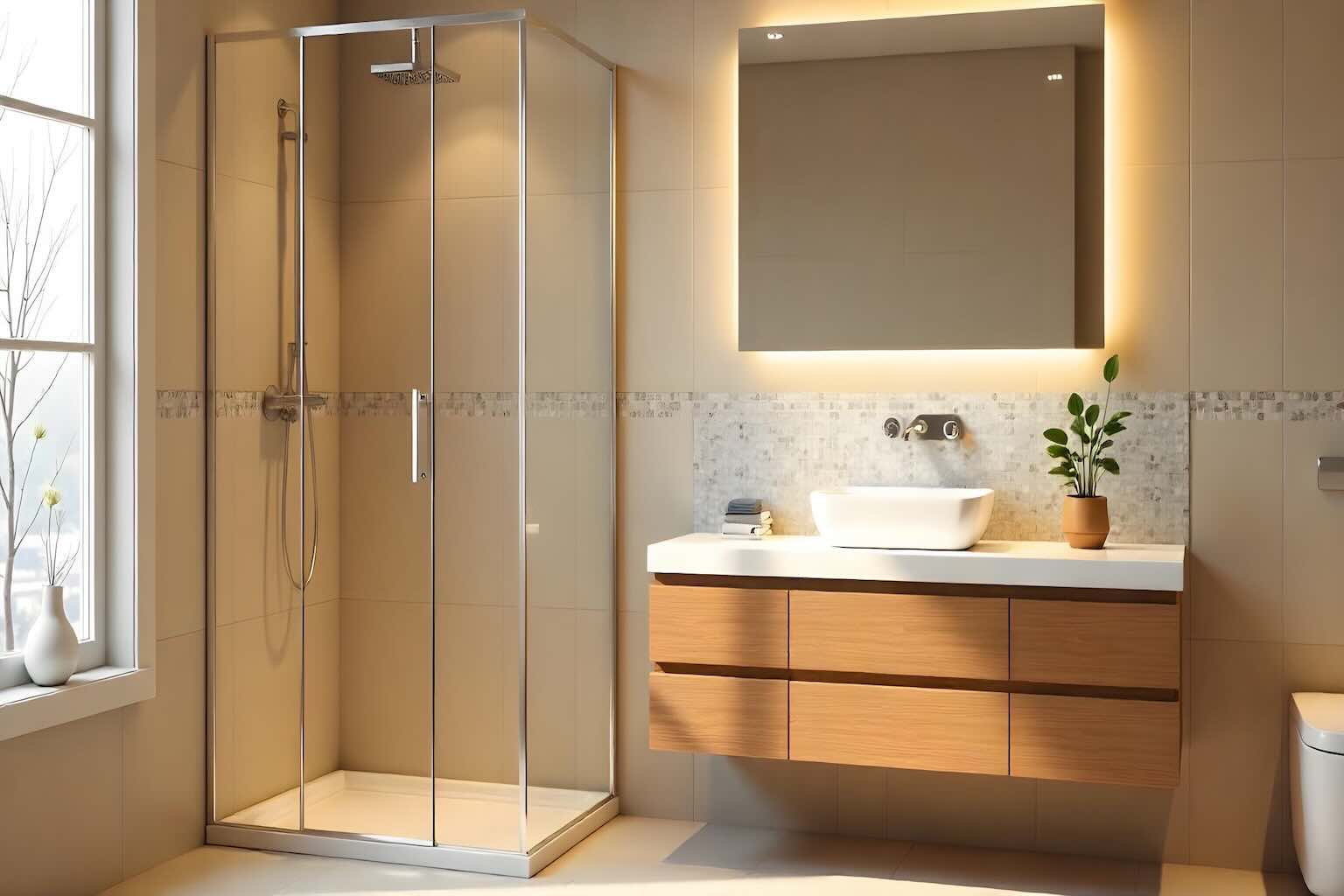Bulky shower cabins that are hard to clean are becoming a thing of the past. A new bathroom trend is taking over, offering stylish designs that are easier to install than a traditional walk-in shower.
Why Walk-In Showers Aren’t Always Ideal
Bathrooms have been evolving in recent years. Walk-in showers became very popular, but they also come with challenges, from tricky installation to water drainage and sealing issues. Shower cabins, on the other hand, are easier to set up but quickly feel outdated—not to mention the endless cleaning of glass panels and doors. Today, a new solution is emerging, and it’s already winning over homeowners and designers.
A Middle Ground Between Style and Practicality
The walk-in shower gained huge success among architects and those looking to modernize their bathrooms. But its reign is being challenged. More and more people want a middle ground: the clean, open look of a walk-in shower combined with the practicality of a shower cabin. This means easier installation, fewer water problems, and less maintenance—without losing the sleek aesthetic.
Whether you’re renovating or building from scratch, this alternative to the classic shower cabin is becoming a favorite. Architect Belén García from the Ubicca studio explained to Spanish magazine Mueble: “There’s a strong trend to minimize the presence of shower walls by making them almost invisible. This is done with fixed glass panels or by designing the shower as a freestanding unit with an invisible partition.”
Thanks to its open design and lack of visual barriers, this new style creates a sense of space and continuity, making the bathroom look bigger and brighter. Curtains and heavy panels disappear, replaced by a cleaner, lighter layout.
Why Designers Are Ditching Shower Walls
García also pointed out why designers are moving away from closed shower walls: “The goal now is to enhance spaciousness and flow, creating a smooth connection between the shower and the rest of the bathroom. Open showers dissolve physical and visual barriers, giving the whole space a more fluid design.”
This trend shows that bathrooms are no longer just functional spaces—they’re becoming open, airy sanctuaries where design and comfort meet.
